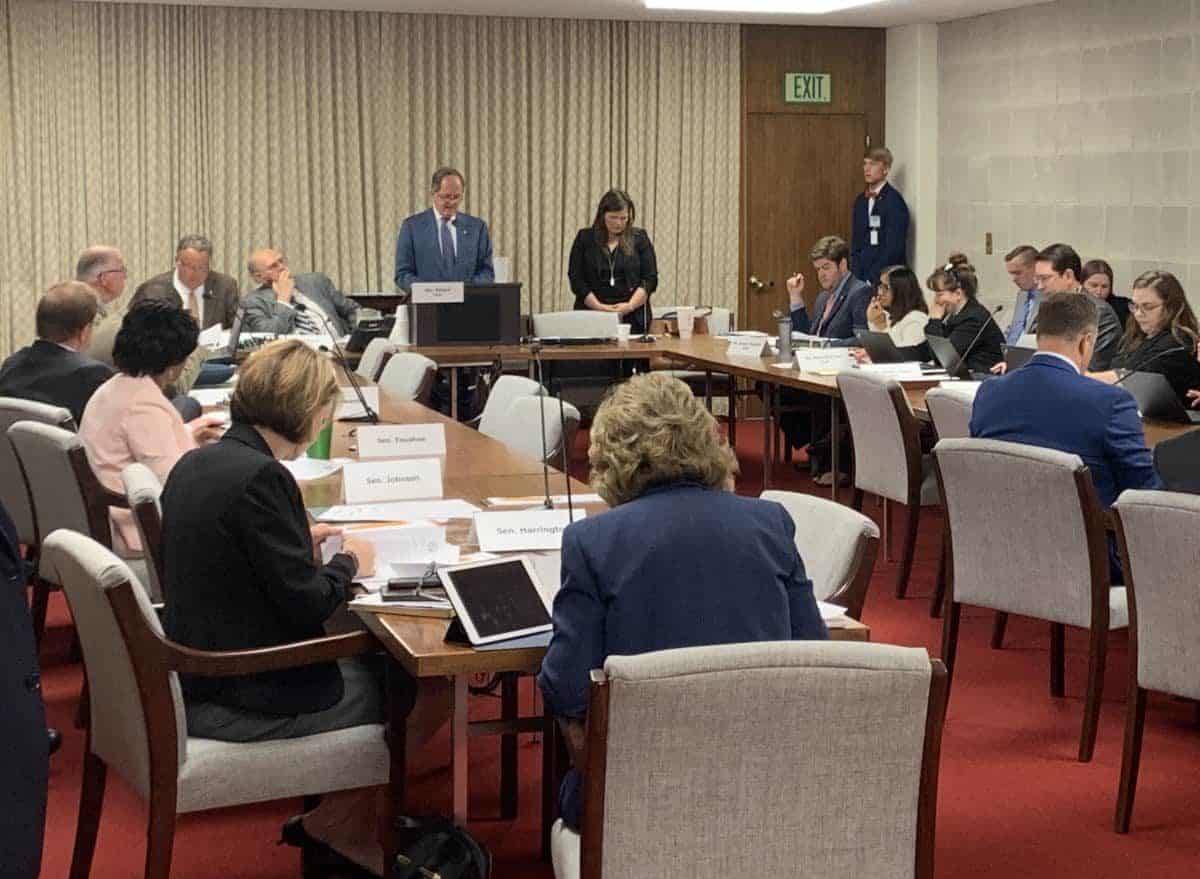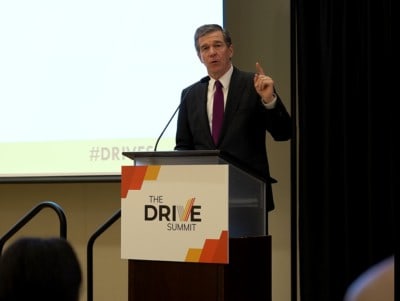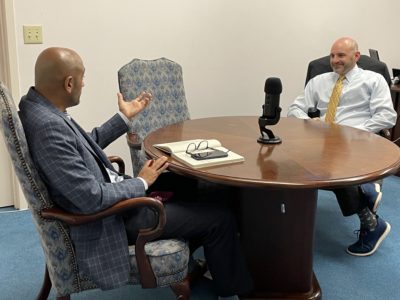
The Senate Education Committee voted in favor of amending three portions of House Bill 664, “myFutureNC/Postsecondary Attainment Goal,” and sent it forward to the Senate Rules and Operations Committee — bringing it closer to becoming law.
“myFutureNC is a statewide commission of business, education, philanthropic, religious and government leaders that have been focusing on developing a plan to ensure North Carolina has a workforce necessary to remain economically competitive now and into the future,” said Rep. John Fraley, R-Iredell, who is the primary sponsor of the bill.
“Step one of the work of this commission was to establish a postsecondary attainment goal of having 2 million residents between ages of 25 and 44 having completed a high-quality credential or postsecondary degree by 2030,” Fraley said. “This would be 65% of North Carolinians 25 to 44 years old in the workforce, compared to approximately 47% today.”
The myFutureNC Commission includes 45 leaders from education, business, philanthropy, faith-based, and nonprofit organizations, under the leadership of Community College System President Peter Hans.
Wednesday’s vote out of the Senate Education Committee puts HB664, which already passed the House in April, in line to be heard before the full Senate upon favorable vote out of the rules committee. But, as at least one of the amendments on Wednesday demonstrates, there is still some more work to be done on the bill.
The first amendment removed the words “at least” prior to the attainment goal number of 2,000,000. The second amendment revised the bill so that the myFutureNC commission would report, not only to the General Assembly, but also specifically to the Joint Legislative Education Oversight Committee. The final amendment, which was to remove language creating and describing a Joint Legislative Task Force on Postsecondary Attainment, is a temporary change that allows the remainder of the bill to be considered while legislators continue to iron out details of the task force’s composition and responsibilities.
The prior version created a nine-member task force composed of three senators appointed by the Senate President Pro Tem, three representatives appointed by the Speaker of the House, and three members of the public appointed by the governor.
Recommended reading



